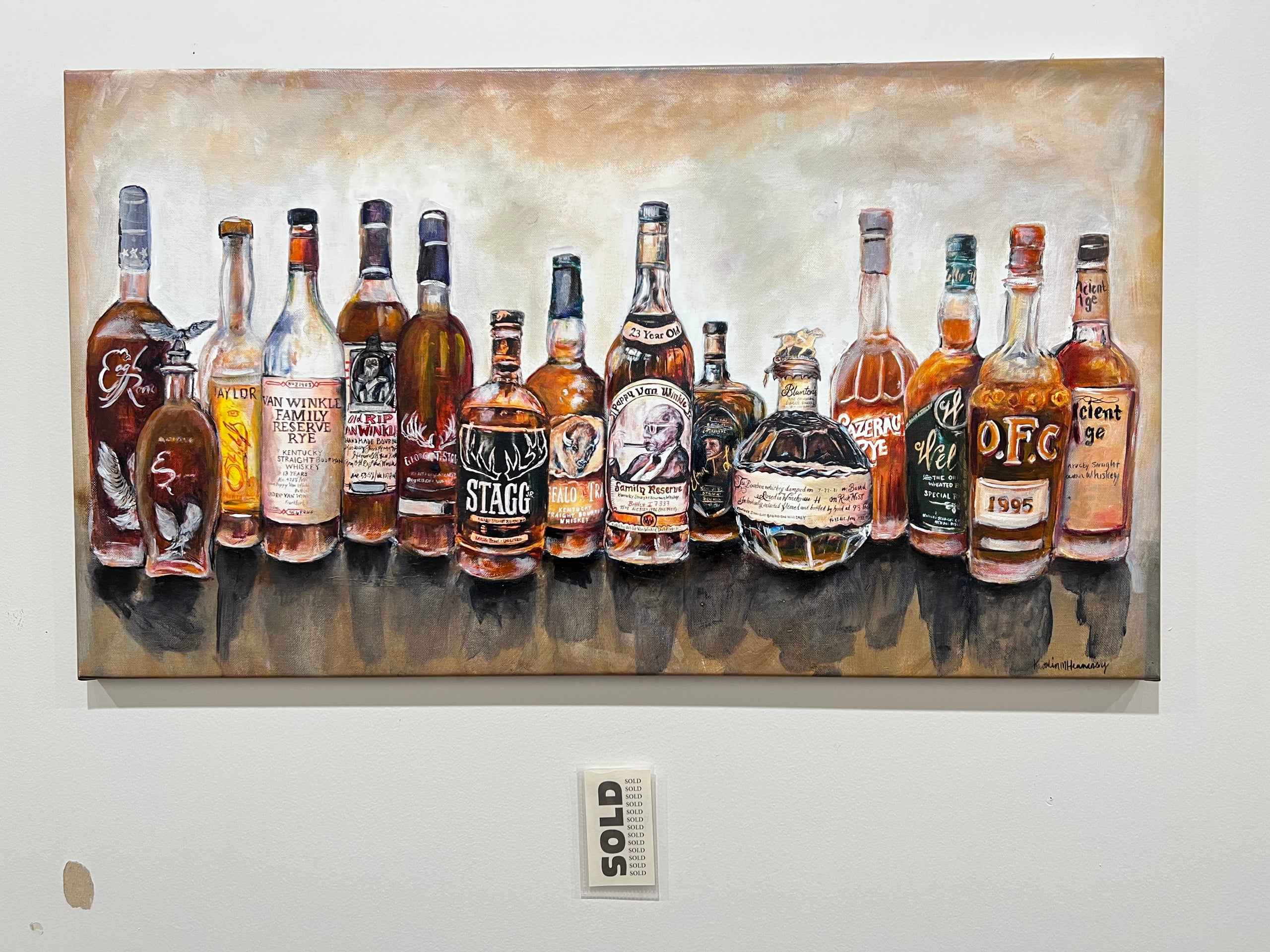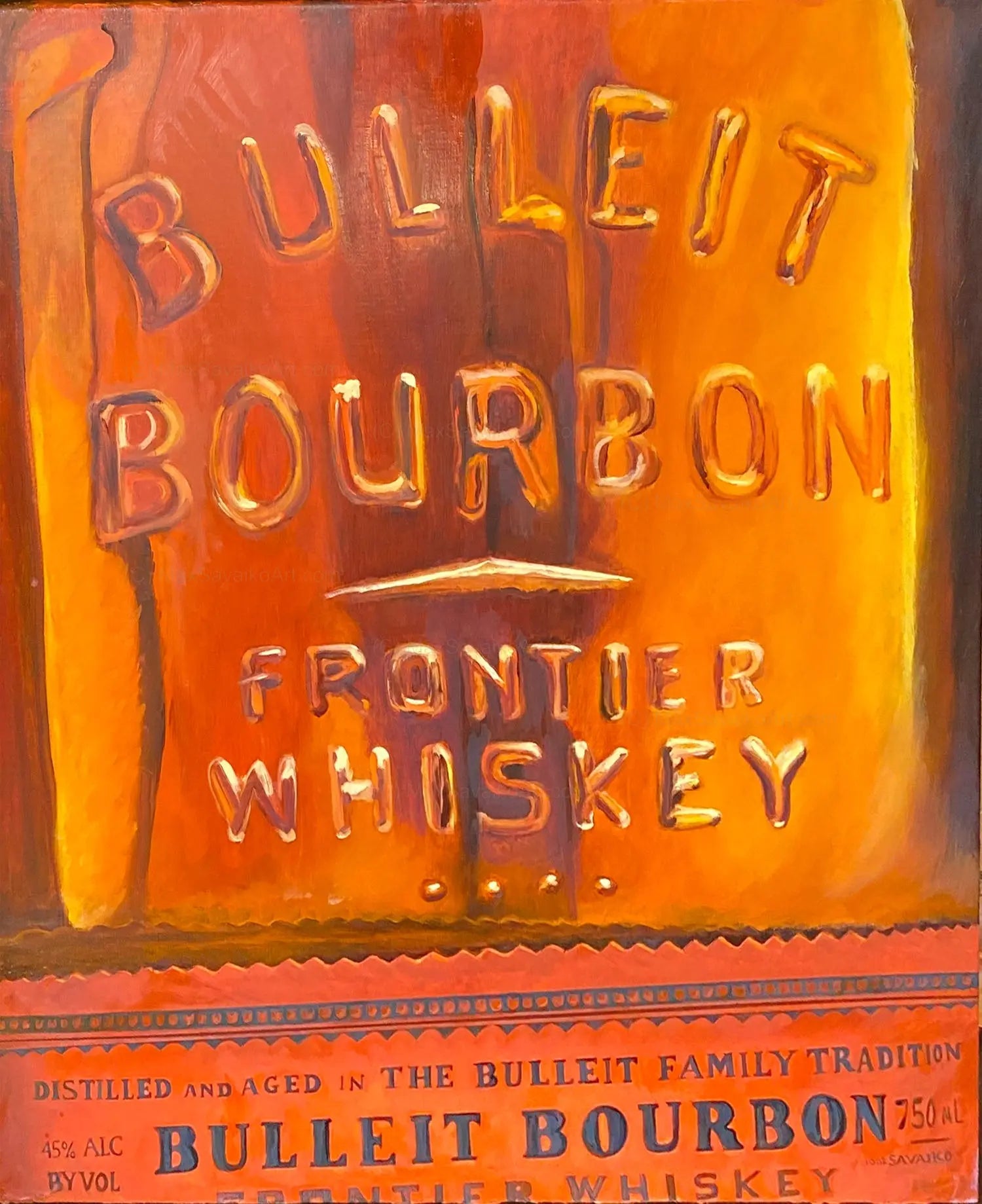Explore the World of Bourbon Art: A Journey With Culture and Craftsmanship
Explore the World of Bourbon Art: A Journey With Culture and Craftsmanship
Blog Article
The Value of Whiskey Art in Celebrating Heritage and Workmanship in the Beverage Sector
The complex connection in between scotch art and the event of heritage and craftsmanship within the beverage industry can not be overemphasized. Via attentively created tags and bottles, bourbon brand names encapsulate their historical origins and the artisanal abilities that define their production methods. This imaginative measurement not only enhances market charm however likewise works as a conduit for social storytelling, fostering a much deeper link between the consumer and the craft. As we discover the different facets of this subject, appealing concerns about the influence of contemporary trends on standard techniques develop, prompting more assessment.
The Historical Origins of Whiskey
At the heart of bourbon's appeal exists a rich tapestry of historical origins that trace back to old worlds. The beginnings of scotch can be connected to the distillation techniques of the Sumerians and Babylonians around 2000 BCE, where early types of fermented grain drinks began to arise. However, it was in the Center Ages that the art of distillation progressed significantly, especially in Ireland and Scotland, leading to the development of bourbon as we know it today.
The term "whiskey" itself originates from the Gaelic word "uisce beatha," suggesting "water of life." This phrase underscores the cultural importance of bourbon in Celtic societies, where it was typically connected with routines, celebrations, and communal bonding. By the 15th century, distillation ended up being an identified craft within reclusive communities, leading the way for the facility of lawful distilleries.
As profession courses expanded, whiskey's popularity grew, transcending regional limits and catching the passion of aficionados worldwide. Realism Art. This historical trip reflects not just the craftsmanship behind whiskey manufacturing yet also its integral role in cultural and social contexts, marking it as a significant beverage throughout background
Artistic Expression in Branding
Bourbon branding stands as a compelling crossway of creativity and commerce, where visual identity plays a crucial role fit customer assumption. The visual appeals of whiskey labels, product packaging, and advertising and marketing products show not only the brand's tale yet likewise its core values and heritage. Through artistic expression, distilleries share a story that resonates with consumers, evoking emotions and triggering links.
Making use of color, typography, and images in branding offers to distinguish items in a saturated market. Standard motifs might evoke a feeling of authenticity and workmanship, while modern designs can symbolize innovation and forward-thinking. This critical artistic instructions improves brand name recognition and commitment, permitting consumers to build a personal connection with the whiskey they select.
Additionally, artistic expression in branding usually acts as an event of local heritage. Distilleries frequently integrate neighborhood symbols or historic referrals into their layouts, creating a local color that invites consumers to take part in a more comprehensive cultural experience. Eventually, the creativity behind bourbon branding not only enhances aesthetic appeal yet additionally improves the total narrative of the brand name, fostering a much deeper admiration for the craftsmanship and heritage embedded in each bottle.
Workmanship in Container Layout
The virtuosity evident in scotch branding prolongs past aesthetic identification to encompass the craftsmanship associated with bottle style. Each container functions as a vessel not simply for the spirit within, yet additionally for the tale it tells regarding its top quality, beginning, and practice. The style process requires precise attention to detail, as aspects such as shape, material, and closure add dramatically to the total assumption of the scotch.
Craftsmanship in bottle design entails picking top notch glass that can improve the whiskey's shade and clearness, while likewise offering a tactile experience for the customer. The silhouette of the bottle have to be both useful and visually appealing, typically reflecting the heritage of the brand name. Lots of distilleries go with unique forms or embossed logo designs that evoke a sense of credibility and background.
Furthermore, the tag style and typography play an essential duty in interacting the brand's story. Whiskey Art. A well-crafted container not only astounds the customer's eye however also strengthens the brand's dedication to quality and practice. By doing this, the workmanship of bottle layout ends up being a vital element of the bourbon experience, merging virtuosity with a profound regard for heritage
Cultural Significance of Bourbon Art
Commemorating tradition and workmanship, my explanation the cultural relevance of bourbon art transcends simple visual appeals, linking with the social and historical narratives of the areas from which it comes from. Each container serves as a canvas, portraying the one-of-a-kind stories, folklore, and customs that have actually shaped regional whiskey-making techniques. The elaborate styles often show the heritage of the distillers, including icons and motifs that resonate with the society and worths of their areas.

Furthermore, scotch art plays an important duty in communal events and celebrations, functioning as a substantial link in between people and their shared experiences. By valuing the artistry in whiskey packaging, consumers grow a deeper understanding and respect for the craft, inevitably enriching their enjoyment of the beverage itself.
Modern Trends in Bourbon Discussion
Recently, the discussion of bourbon has actually developed to reflect modern preferences and fads while still honoring standard workmanship - Whiskey Art. Distilleries are progressively concentrating on visual elements that improve the total alcohol consumption experience, bridging the space between heritage and modernity
Cutting-edge container designs have emerged, usually incorporating sustainable products and imaginative tags that inform engaging stories. Many brands now collaborate with local artists, infusing their products with distinct visual expressions that reverberate with customers. Furthermore, limited-edition launches are usually packaged in collectible containers, including worth and allure for aficionados.
Conclusion
In final thought, scotch art serves as an important channel for expressing the heritage and workmanship inherent in the additional hints drink sector. Via complex branding, ingenious bottle designs, and culturally significant artistic components, bourbon brand names efficiently honor their customs and link with consumers.


Craftsmanship in bottle layout entails choosing premium glass that can enhance the whiskey's shade and clearness, while also providing a responsive experience for the consumer. In this way, the workmanship of bottle style ends up being an important aspect of the bourbon experience, merging artistry with an extensive respect for heritage.
In verdict, scotch art serves as an essential channel for expressing the heritage and workmanship fundamental in the drink market.
Report this page